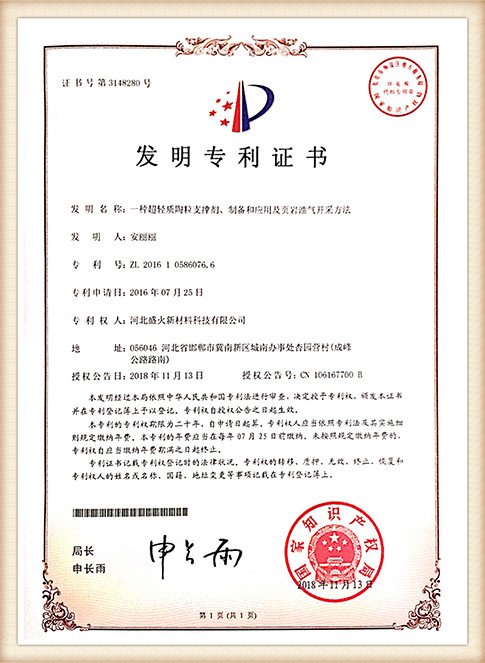Foundry Sand Recycling A Sustainable Approach to Waste Management
The foundry industry plays a vital role in manufacturing a myriad of metal products, from automotive components to intricate machine parts. A pivotal ingredient in this industry is foundry sand, a high-quality silica sand that is essential for the mold-making process. However, the consumption of foundry sand leads to significant environmental challenges due to the large volumes of waste generated after the casting process. As awareness of environmental sustainability grows, the recycling of foundry sand has become a crucial focus, offering both ecological and economic benefits.
Foundry sand is typically disposed of in landfills once it has served its purpose, contributing to the growing issue of landfill waste. This not only incurs disposal costs for foundries but also poses environmental risks, including leachate contamination. The practice of recycling foundry sand, therefore, presents a viable solution that mitigates these issues. By reprocessing used foundry sand, companies can significantly reduce waste, lower their carbon footprint, and promote a circular economy.
The recycling process involves several stages, beginning with the collection of used foundry sand. After collection, the sand is thoroughly screened and classified to remove debris and contaminants such as metal particles, clay, and organic materials. Once cleaned, the sand can be reused in the foundry industry or repurposed for various construction and civil engineering applications. For instance, recycled foundry sand can be utilized as a base material for roads or as an ingredient in concrete production, demonstrating its versatility.
foundry sand recycling

Implementing foundry sand recycling not only helps in waste reduction but also leads to cost savings for foundries. By recycling and reusing sand, foundries can minimize the need for purchasing new sand, thereby reducing material costs. This is particularly significant given that the price of high-quality silica sand can fluctuate dramatically. Furthermore, recycling contributes to less energy consumption, as the processes involved in acquiring and transporting new sand can be resource-intensive.
Despite the clear benefits, the adoption of foundry sand recycling has faced some challenges. One major hurdle lies in the regulatory aspects, as there are stringent regulations governing the reuse of industrial by-products. Ensuring that recycled foundry sand meets safety and quality standards is essential for its acceptance in the marketplace. Hence, collaborative efforts between foundries, regulatory bodies, and recycling companies are critical in developing standardized practices for reprocessing foundry sand.
Education and awareness among industry stakeholders are also paramount. As more foundries recognize the value of sustainable practices and the benefits of recycling, the demand for recycled materials will likely increase. Furthermore, initiatives that promote research and development in recycling technologies can accelerate the growth of this field, leading to innovative methods for sand reuse.
In conclusion, foundry sand recycling represents a significant opportunity for the foundry industry to embrace sustainability while reducing costs and environmental impact. By adopting responsible waste management practices, foundries can not only enhance their operational efficiency but also contribute to a greener future. As the push for sustainability continues to gain momentum, foundry sand recycling will undoubtedly play a pivotal role in shaping a more sustainable industrial landscape.
Post time:okt . 15, 2024 01:39
Next:Exploring the Role of Sand in Metal Casting Processes in Foundries
